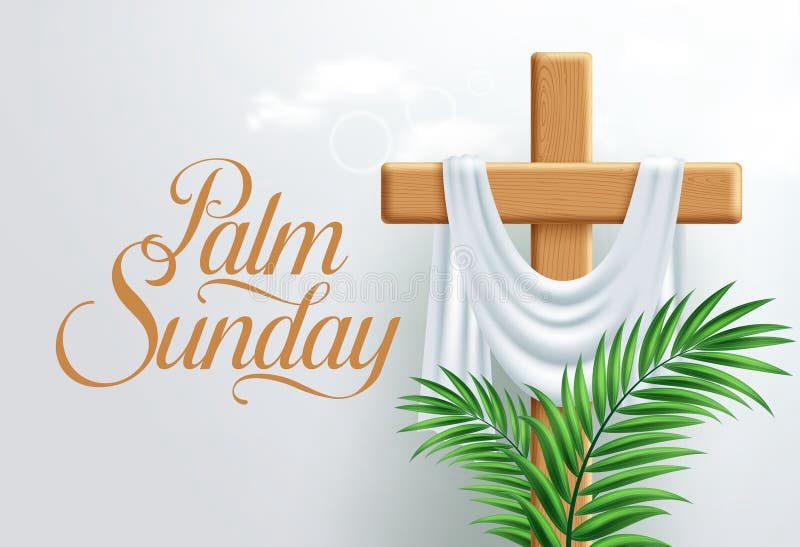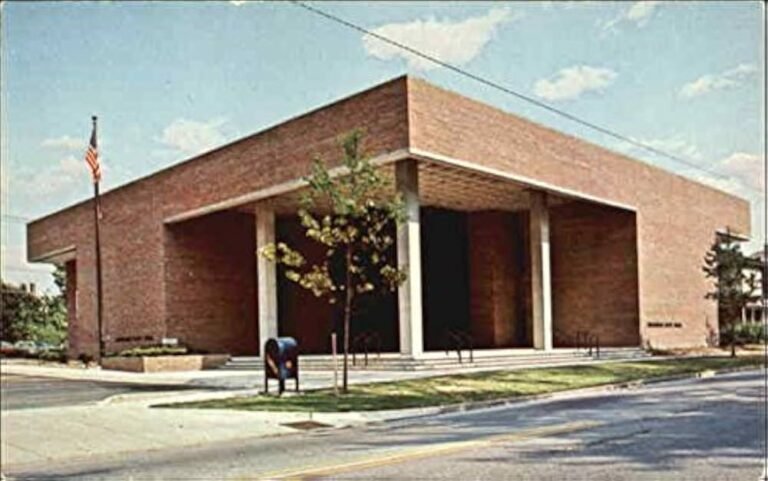How Palm Sunday Sets the Stage for the Most Sacred Week in Christianity

By April Rodgers, Content Coordinator/FreeWire-Magazine
Palm Sunday might not come with chocolate bunnies or jellybeans, but it’s the opening scene to the most important week on the Christian calendar—Holy Week. It’s a time for reflection, remembrance, and for many, a renewed sense of faith as Easter approaches.
So, what is Palm Sunday, exactly? Well, it’s not just a day when kids wave around leafy branches in church (though that’s definitely part of it). Palm Sunday commemorates Jesus’ triumphant entry into Jerusalem, an event recorded in all four Gospels—Matthew, Mark, Luke, and John. Crowds gathered, waving palm branches and shouting “Hosanna!” which, loosely translated, is kind of like saying, “Save us!” or “Salvation is here!” It was their way of recognizing Jesus as their long-awaited King and Messiah.
Here's where the story takes an unexpected turn—Jesus wasn’t riding in on a majestic white horse or a royal chariot. He entered the city on a donkey. Now, I know that doesn’t scream “royalty” by today’s standards, but back then, a donkey was actually a symbol of peace. Kings who came in peace rode donkeys; those coming for war rode horses. In His usual, humbly profound way, Jesus was making a statement: He came not to conquer with force, but to save through sacrifice. The palm branches? They weren’t just handy foliage nearby. In Jewish culture, they symbolized victory and triumph. When people laid them, along with their cloaks, on the road before Jesus, they were rolling out the red carpet, ancient Jerusalem-style. As the week would reveal, many in the crowd misunderstood what kind of King Jesus came to be. They wanted a political leader—someone to overthrow Rome—not someone who would die on a cross for the sins of the world.
How do we make sense of it? How does a crowd go from shouting “Hosanna” on Sunday to “Crucify him!” by Friday? According to Chris Hepner, of Bucyrus, a Bible teacher for more than 20 years, who graduated from Liberty University in 2000 with a Master of Divinity, there are a few reasons for this dramatic shift. For one, “everybody went to Jerusalem for Passover. The population was several times its normal size. It was very chaotic,” Hepner explained. That means the crowd who welcomed Jesus on Sunday may not have been the same crowd standing before Pontius Pilate on Friday. He also points to how much people were influenced by community leadership. “We live in an individualistic society. Most societies are more community-oriented. So when the Jewish leaders stirred up the crowd against Jesus, the crowd complied.”
Then, there’s the deeper spiritual reality. “Many people were casual followers of Jesus. When he was doing miracles and handing out food, they were all for him, but when things started to go bad, they gave up on him,” Hepner said. “Many people call themselves Christians when it is easy but fail to follow him when things get difficult.”
It’s a sobering truth—and a reminder that Holy Week is not just about retelling a story, but about examining our own hearts and how we respond when faith gets hard. So how can believers today fully engage with the emotional and spiritual depth of this sacred week in a world that often rushes past it? “The Easter season gives us a chance to reflect on what Jesus did for us and our relationship with Him,” Hepner said. “Palm Sunday reveals Jesus as King. Good Friday reveals Jesus as Savior. Easter Sunday reveals Jesus as Lord.”
He encourages believers to slow down and allow the week to stir something within. “We need to be reminded that we are all sinners and that Jesus paid the price for us by dying on the cross. So Good Friday is a solemn time when we can regret our sin and check ourselves to see if we are living as we should.” Then, Easter Sunday is a time to celebrate. “We rejoice that Jesus has saved us from hell and given us eternal life in heaven. We worship because Jesus proved He is God Almighty,” he said. “The Easter season is a good time to recommit to our relationship with God by following His plan for our lives.”
•Palm Sunday starts Holy Week with joy and anticipation but quickly moves into deeper and more solemn territory:
•Maundy Thursday marks the Last Supper, when Jesus washed His disciples’ feet and shared a final meal.
•Good Friday brings the agony of the crucifixion.
•Easter Sunday—the celebration of the resurrection. Palm Sunday is where it all begins. It’s a reminder that Jesus wasn’t just a King—He was the King who chose humility, peace, and sacrifice.
Honestly, what better way to kick off Holy Week than with a humble King riding a donkey, cheered on by a crowd that didn’t yet understand the depth of what was about to unfold?



















